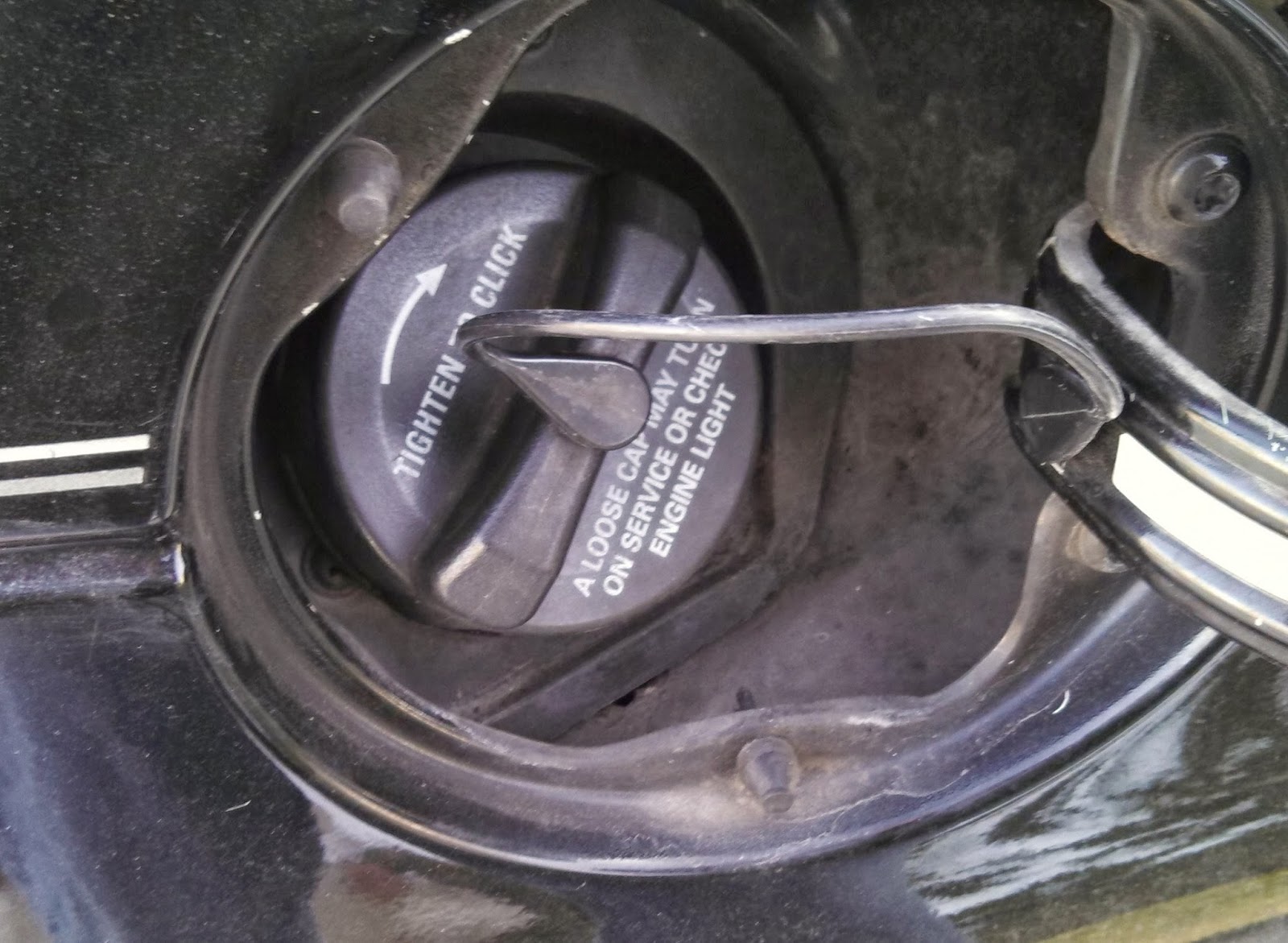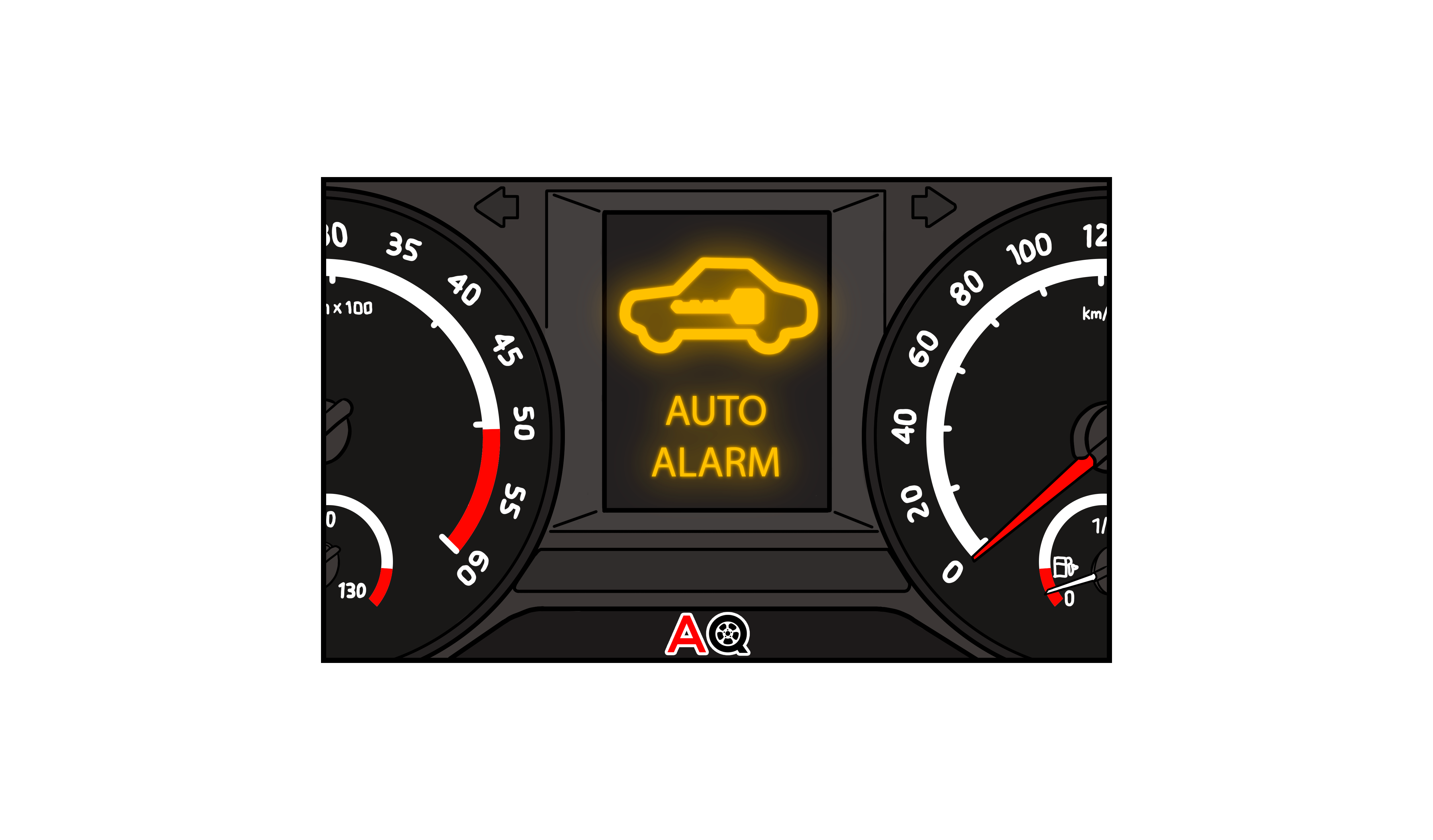That Pesky 'Tighten Gas Cap' Light: Why Won't It Go Away?!
That little yellow light on your dashboard. The one that whispers, "tighten gas cap." It's like a persistent mosquito buzzing around your head, annoying but seemingly harmless. But is it really so benign? Why does this warning keep popping up, even after you've wrestled with that gas cap until your knuckles are white? Let's explore the mystery of the persistent 'tighten gas cap' light and what it could mean for your car.
The "tighten gas cap" light is more than just a nagging reminder. It's your car's way of saying there's a potential leak in the evaporative emissions system (EVAP). This system is crucial for preventing fuel vapors from escaping into the atmosphere. A loose or faulty gas cap is the most common culprit, hence the helpful message. But ignoring this seemingly minor issue could lead to bigger problems down the road, including failed emissions tests and potential damage to other components.
The EVAP system, introduced in the 1990s, became a standard feature to combat air pollution caused by escaping gasoline fumes. The system captures these vapors and stores them in a charcoal canister, later purging them into the engine for combustion. A tightly sealed gas cap is essential for this process to work effectively. When the system detects a leak, usually due to a loose or damaged gas cap, it triggers the "tighten gas cap" light. The light's persistence, even after tightening, suggests that there may be more to the story.
Beyond a loose gas cap, several other factors can trigger the warning light. A cracked or damaged gas cap, a faulty EVAP canister purge valve, or even a small leak in the EVAP hoses can all be the underlying cause. Diagnosing the exact problem often requires a bit of detective work.
So, what's the big deal about a little bit of gas vapor? Well, for starters, it contributes to smog and air pollution. Moreover, a malfunctioning EVAP system can impact your fuel economy and even damage your engine in the long run. Ignoring the warning light might seem tempting, but it's best to address the issue sooner rather than later.
Sometimes, the problem is as simple as a loose gas cap. Make sure you hear that satisfying "click" when tightening. However, if the light persists, further inspection is necessary. Check the gas cap for cracks or damage. A visual inspection of the filler neck can reveal potential issues as well.
If a visual inspection doesn't reveal the culprit, a trip to a mechanic might be necessary. They can perform a diagnostic test to pinpoint the exact location of the leak within the EVAP system.
If you're handy, you can try some DIY troubleshooting. You can use a special tool to check the pressure in the EVAP system or visually inspect the EVAP hoses for cracks or damage.
Advantages and Disadvantages of a Properly Functioning EVAP System
| Advantages | Disadvantages |
|---|---|
| Reduced air pollution | Increased vehicle complexity |
| Improved fuel economy | Potential for component failure |
| Passing emissions tests |
Frequently Asked Questions:
Q: My gas cap is tight, but the light stays on. What now?
A: The problem might lie within the EVAP system itself. See a mechanic for diagnostics.
Q: How much does it cost to fix an EVAP system issue?
A: The cost varies depending on the specific problem, but it can range from a few dollars for a new gas cap to several hundred for more complex repairs.
Q: Can I drive with the 'tighten gas cap' light on?
A: While you can technically drive with the light on, it's not recommended. It indicates a potential problem that could worsen over time.
Q: How do I reset the 'tighten gas cap' light?
A: Sometimes, after fixing the issue, the light will reset itself after a few driving cycles. If not, a mechanic can reset it with a diagnostic tool.
Q: Is it safe to ignore the 'tighten gas cap' light?
A: No, it's not safe to ignore the light. It could lead to environmental damage, reduced fuel economy, and potential engine problems.
Q: How often should I replace my gas cap?
A: Consider replacing your gas cap every few years or if you notice any cracks or damage.
Q: Can I use any gas cap on my car?
A: No, use the gas cap specifically designed for your car's make and model.
Q: What does the EVAP system do?
A: The EVAP system prevents fuel vapors from escaping into the atmosphere.
In conclusion, the "tighten gas cap" light, while seemingly minor, can indicate a potentially serious issue with your car's EVAP system. Understanding the importance of this system, the potential problems associated with a faulty gas cap, and the steps to troubleshoot and fix the issue can save you money, reduce your environmental impact, and keep your car running smoothly. Don't ignore that little yellow light – it's trying to tell you something important! Addressing it promptly ensures your car operates efficiently, remains environmentally friendly, and avoids potentially costly repairs down the line. Take action today to diagnose and fix your 'tighten gas cap' issue for a healthier car and a healthier planet.
Car stuck in park troubleshooting a vehicle that wont move
Lake forest police department
Puerto rican tribal tattoos for men















